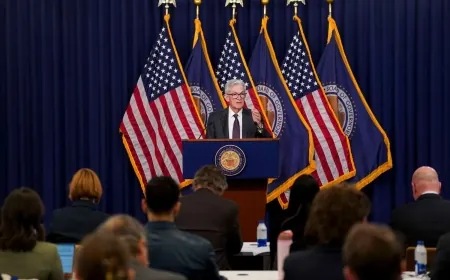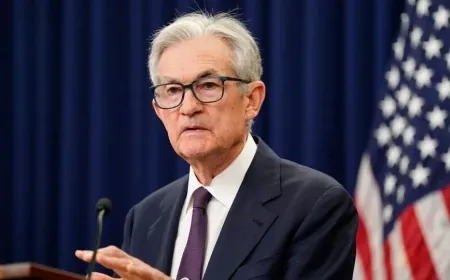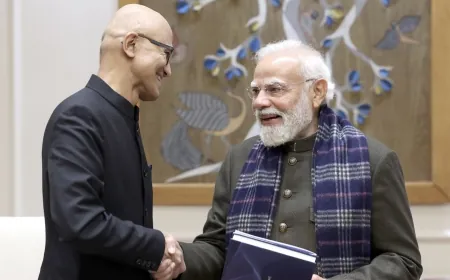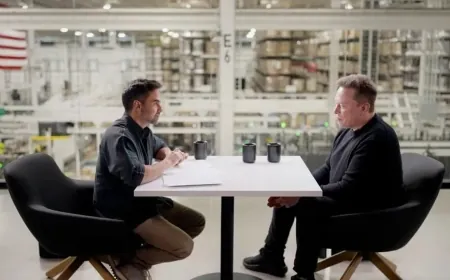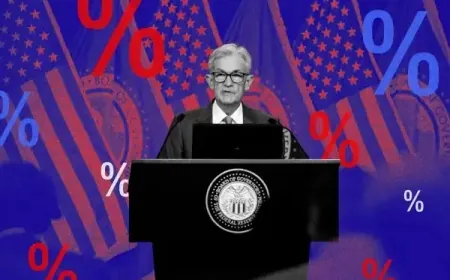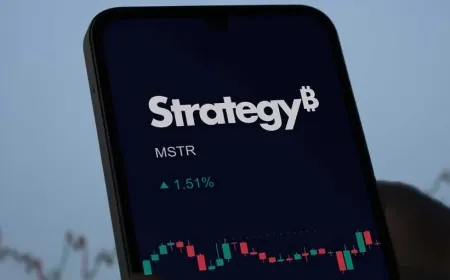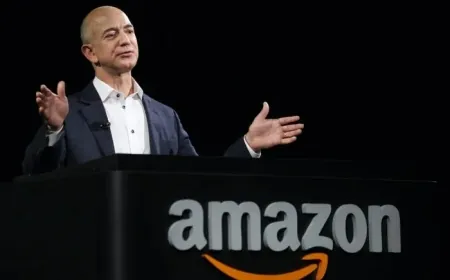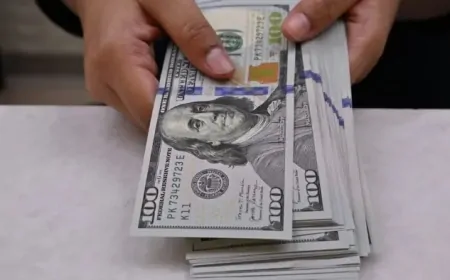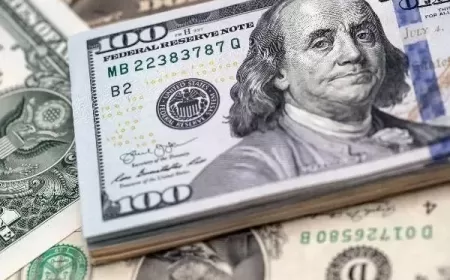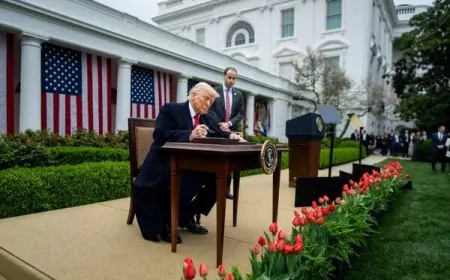Trump Prepares Next Tariff Moves as Global Trade Tensions Heat Up
After slapping China with 145% tariffs, Trump is planning his next trade moves with 75 countries. Global markets are watching closely.
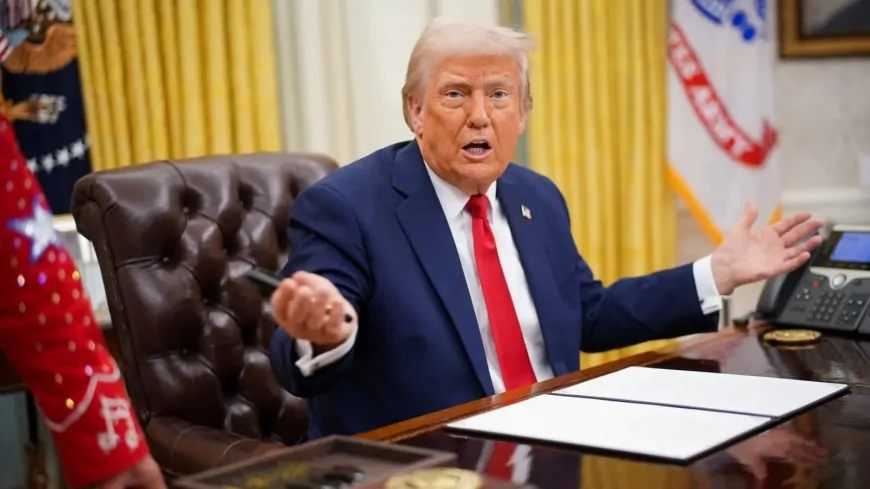
President Donald Trump is recalibrating his global trade strategy, preparing for negotiations with up to 75 countries, while escalating tensions with China through steep tariff hikes. The White House confirmed that Trump has raised tariffs on Chinese imports to 145% following Beijing’s decision to impose 84% retaliatory duties on American goods.
Despite a 90-day pause on additional tariffs—which briefly lifted markets midweek—countries remain subject to a new 10% baseline import tax. This strategic pullback was enough to spark a 9.5% rally in the S&P 500 on Wednesday, although momentum quickly faded as investors digested the broader implications.
White House Crafts Priority List for Talks
Kevin Hassett, Director of the National Economic Council, stated on Wednesday that top administration officials are currently working on a formal list of trade priorities to present to the president. He noted that over 15 nations have already extended preliminary offers for negotiation.
“We’re meeting with the president to shape the agenda moving forward,” Hassett said, adding that Trump is expected to add his own directives to the trade roadmap.
Markets Show Limits to Trump’s Strategy
Investors sent a strong signal this week as rising interest rates on 10-year U.S. Treasury notes neared 4.5%, suggesting hesitation among foreign buyers of U.S. debt. The bond market’s reaction reflects growing concern that Trump’s aggressive tariff policies could undermine confidence in U.S. financial stability.
Though Trump brushed off early-week market jitters, calling investors “yippy,” he later praised the bond market’s turnaround following his tariff pause announcement, referring to it as “beautiful.”
Tariff Battle Widens Despite Temporary Pause
While some international partners—including the EU, Japan, and South Korea—were temporarily spared from the most aggressive tariffs (ranging from 20% to 25%), they remain under the umbrella of Trump’s new 10% base tariff as negotiations begin. The administration also expanded tariffs on autos, steel, aluminum, pharmaceuticals, lumber, and semiconductors.
Analysts warn that the cost of these duties will ultimately be passed on to consumers and businesses, potentially raising prices and slowing economic growth. According to Yale University’s Budget Lab, the current tariff policy could reduce average household disposable income by $4,364 annually—even with the temporary tariff freeze.
Trump’s Trade Goals Remain Ambitious, Vague
While Trump has outlined key objectives—including eliminating the $1.2 trillion trade deficit, boosting factory jobs, and using tariff revenue to fund income tax cuts—foreign counterparts have criticized the administration for vague demands.
Treasury Secretary Scott Bessent said future trade agreements will be handled on a “bespoke” basis rather than through sweeping multilateral deals. Commerce Secretary Howard Lutnick echoed that sentiment, stating the aim is for other countries to “respect” Trump’s economic authority.
US-China Trade War Escalates Further
The 145% total tariff rate on Chinese imports—up from an earlier 125% after factoring in fentanyl-related duties—underscores the deepening trade rift between the world’s two largest economies. The U.S. continues to accuse China of trade manipulation, currency control, intellectual property theft, and unfair labor practices.
Despite the sharp tariff hikes, China is expected to stand firm. Wendong Zhang, economist at Cornell University, noted that while China may take a harder GDP hit than the U.S., its domestic support for resisting American pressure remains high.
“China is likely to stick to its guns,” Zhang explained. “The country has been preparing for this moment and can redirect more of its output to domestic consumption.”
Americans Face Rising Costs on Key Imports
The trade war’s impact is already being felt by consumers, especially in sectors where Chinese imports dominate. According to Zhang, the U.S. imports 73% of smartphones, 78% of laptops, 87% of video game consoles, and 77% of toys from China, along with essential inputs like livestock antibiotics.
“Resourcing these products from other countries will take time and likely increase prices,” he added.
Also Read: Novares, Valeo Force Customers to Pay 25% U.S. Auto Tariff Upfront as Trump Trade Move Hits Hard


